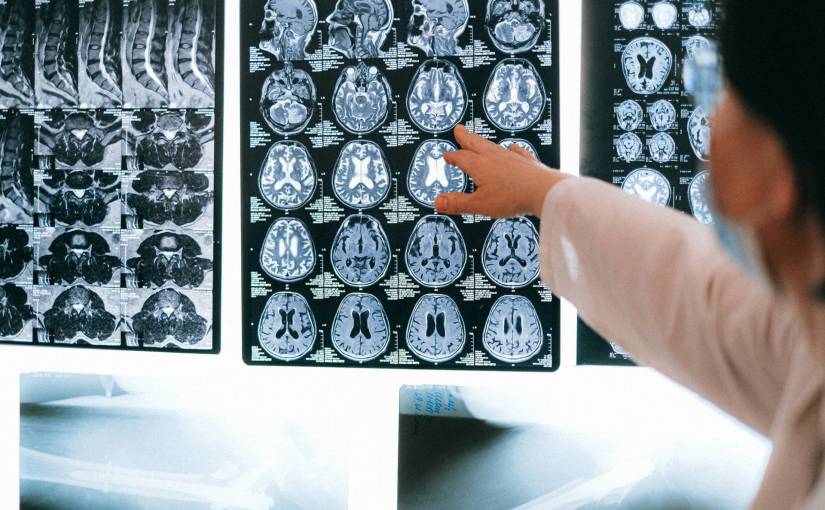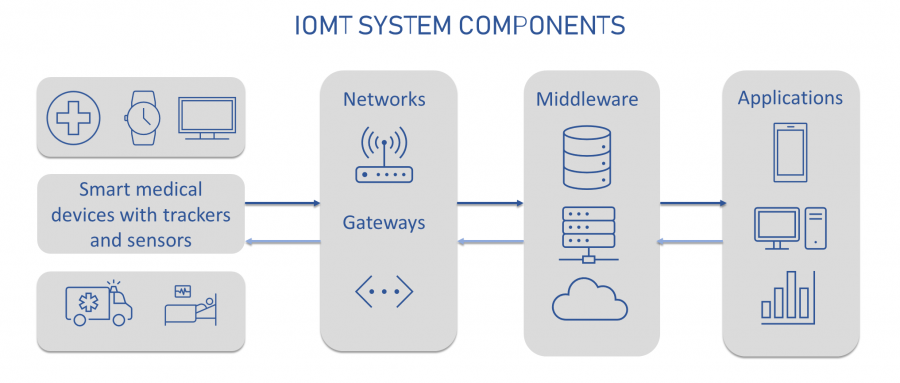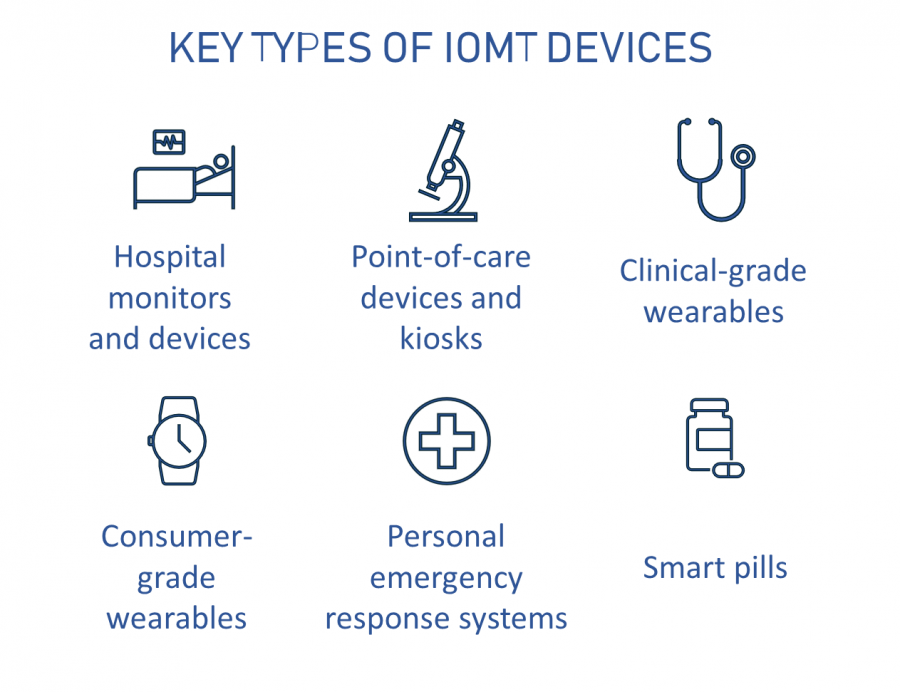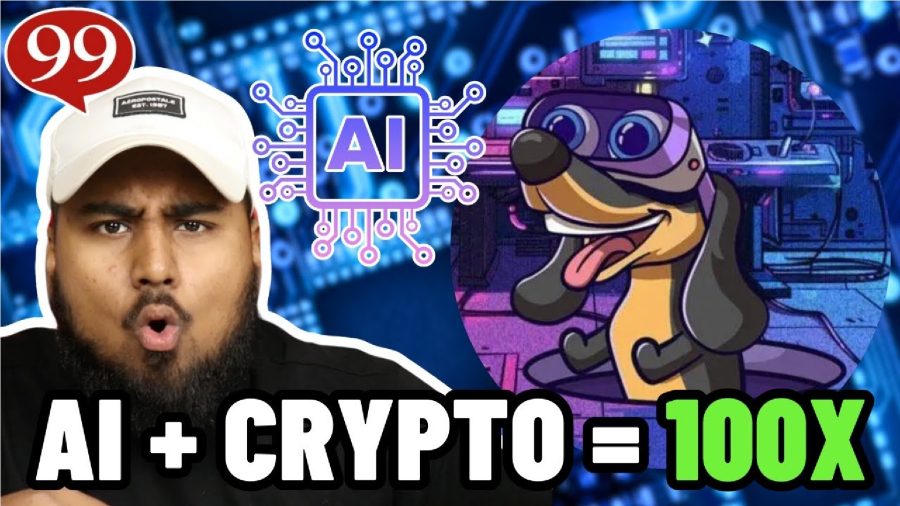The number of connected medical devices – the ones communicating with other systems via the Internet – is growing steadily. These smart things gather and transmit a mountain of healthcare data. Even such small gadgets as fitness trackers and smartwatches can provide quite a bit of health-related metrics, including heart rate, sleep patterns, calorie consumption, to name a few. The point is, this data is the main building block of the huge system called the Internet of Medical Things. And what IoMT is? You’ll find out in this post.
What is the Internet of Medical Things?
IoMT or the Internet of Medical Things is a healthcare-focused part of the Internt of Things (IoT), hence another name – healthcare IoT. Defining more precisely, IoMT is a system of interconnected medical devices, software, and healthcare systems and services that exchange real-time data by means of networking technologies.
To help you understand what’s behind the “things” part of the IoMT systems, let’s take a heart rate monitor, for example. Such a device collects patient data and sends it to the hospital cloud software so a doctor can see the real picture of a health condition and make timely and informed decisions.
If we take the 2017 statistics presented by Healthcare IT News, we’ll see that 60% of healthcare organizations worldwide have already implemented IoT solutions into their processes. Another 27% of institutions are expected to adopt the technology in the short term. The major factors that influence the fast adoption of IoMT technologies are as follows.
Rising healthcare costs
Analysts have calculated that the IoMT adoption can result in $300 billion savings annually for the US healthcare industry. With IoT solutions implemented, it is possible to reduce hospital visits, detect diseases at an earlier stage and thus cut spendings on their treatment, and much more
The increased need for remote patient monitoring
There are two key tendencies behind this factor: the rising incidence of chronic illnesses (specifically such diseases as cancer, asthma, and diabetes) and the aging population. As for the latter, The United Nations report states that by 2050 there will be 2.1 billion elderly people on Earth. Seniors are prone to have more health issues, and IoMT devices can be of big help in this case.
People are becoming more health-conscious
The COVID-19 pandemic has made a lot of people change their attitudes towards health and related precautionary measures. This has increased the demand for various health monitoring devices.
How IoMT systems work
Similarly to IoT, the architecture of the Internet of Medical Things involves the four key components or layers:
- the perception or sensor layer consists of a number of medical devices and sensors that gather useful health-related data from surroundings and transmit it to another layer;
- the network or communication layer transmits the data collected at the perception layer to the middleware layer via different networking technologies (WiFi, Bluetooth, LAN, etc.);
- the middleware or processing layer acts as a data storage, processing, and management environment; and
- the application layer includes a variety of software tools to analyze medical data received.
Let’s now go through each building block, focusing on connected devices that power the IoMT engine with data.
The perception layer: IoMT devices
The variety of physical medical things that have Internet access and cover diverse healthcare purposes is quite impressive. Some calculations point to the number of 2 million different smart medical devices which generate and collect important healthcare data. All they can be grouped in the following categories.
Hospital monitors and devices
Health facilities have huge machines like MRI, ECG, and CT scanners that provide valuable data and send it to the cloud. On top of that, various small devices and sensors can be used on-premises to track equipment, monitor patients and staff, and manage supplies inside a hospital.
Point-of-care diagnostic devices and kiosks
A range of portable diagnostic instruments and self-service kiosks aim at collecting patient clinical information (blood, saliva, urine, skin cells, etc.) outside of laboratory settings. The devices in this category can be used both in clinics and at home.
Clinical-grade wearables
This category includes all kinds of devices prescribed or recommended by a physician. Their main goal is to track disease conditions – degradations and improvements – and provide doctors with real-time data about a patient’s health status for quick decision-making. Clinical-grade devices must be approved for use or certified by respective regulatory bodies such as the FDA (US Food and Drug Administration.)
Consumer-grade wearables
The group consists of various wearable devices with built-in sensors used to track, collect, and transmit data related to general physical activity. They are also known as fitness wearables and aren’t regulated by health authorities.
Personal emergency response systems (PERS)
These medical alert systems are used by patients (paralyzed, elderly, limited in mobility, etc.) to call for help or to notify caregivers and doctors. Medical devices of this type are commonly equipped with an emergency button.
Smart pills
Also referred to as digital pills or smart drugs, these small electronic devices are shaped as pharmaceutical capsules and equipped with sensors. When such a pill is swallowed, it can be used to track vitals, carry drugs to a needed area, provide pictures of the gastrointestinal tract for more accurate diagnosis, and much more.
The communication layer: networking technologies
Once collected, the data is sent to the cloud via one of the following networking technologies:
- Local Area Network or LAN — a private computer network that enables the connectivity of two or more computers and devices within a limited geographical area;
- Bluetooth Low Energy or BLE — a power-conserving wireless technology that allows various devices to communicate and transfer data over a short distance;
- WiFi — a wireless technology that enables high-speed connectivity of devices to the Internet and operates within a limited area; or
- Wide Area Network or WAN — a computer network that provides device connectivity over a large geographic area.
To transmit messages among devices and to the cloud, there are different messaging protocols used. The most common ones are:
- Message Queue Telemetry Transport or MQTT protocol — a lightweight network protocol that supports publish-subscribe messaging between devices; and
- Advanced Message Queuing Protocol or AMQP protocol — an open standard application protocol enabling systems to send and receive messages.
Now that you know the path of data from the physical world of devices to the cloud, it’s time to deal with the IoT platforms where data is stored, processed, and managed.
The processing layer: IoT platforms
A cloud IoT platform or middleware is the most vital part of any IoMT system. There are several IoT solutions that not only have the powerful processing layer but, more importantly, provide compliance with healthcare regulations — namely, with the Health Insurance Portability and Accountability Act (HIPAA).
Google Cloud IoT has a pack of services to build a fully-fledged HIPAA-compliant IoMT system. The technology giant offers Cloud Healthcare API with a development environment for creating healthcare applications and solutions on Google Cloud.
AWS IoT platform is empowered with a wide array of capabilities to create advanced IoMT systems. These services include, among other things, AWS Cloud Trail and AmazonCloudWatch to follow the regulatory requirements for data protection as well as AW IoT Greengrass to build, deploy, and manage device software on-premises.
Microsoft Azure IoT doesn’t lag behind its competitors and provides services like Azure IoT Edge to integrate on-premises data, Azure IoT Central to manage devices and process data streams and events, and Azure IoT Connector to ingest data from IoMT devices.
Application layer: medical software
This layer interfaces with end-users — medical experts and patients. There is a wide range of solutions you can build on top of IoMT, like health tracking apps, data analytics dashboards, remote patient monitoring platforms, or telehealth systems.
IoMT use cases
While still developing and improving, IoMT already has tons of real-life applications. Below we’ll overview some successful examples.
IoMT devices that monitor glucose levels
According to the World Health Organization, there are nearly 422 million diabetic people globally. Continuous tracking of a blood sugar level is critical for them and even can be a question of life and death. Today, we have glucose monitoring systems that not only make tests day and night but also do it without painful finger piercing.
In such systems, a water-resistant wearable with a sensor is commonly placed under the skin. Every few minutes, it checks interstitial fluid and sends data to a smartwatch or smartphone via WiFi or Bluetooth.
Real-life example: The Dexcom G6 CGM System for diabetes data monitoring and management
IoMT devices that detect and prevent falls
The statistics presented by the Centers for Disease Control and Prevention (CDC) show that one out of four American seniors falls each year. Not only do older adults tend to fall more often, but they also have a greater chance of getting dangerous injuries – hitting their head or breaking a hip. To prevent this from happening, special IoMT solutions are designed.
These are typically wearable devices like a smartwatch or a belt that have sensors capable of indicating harsh falls, notifying emergency services and/or caregivers of the event, and even providing on-time protection (if it’s a belt, it can be equipped with airbags.) Such devices are synced with software apps so that data can be seen on a computer or phone.
Real-life example: Apple Watch with its fall alert system; smart hip protection belt called Tango
IoMT devices that power smart hospitals
Smart homes surprise no one these days. The same can’t be said about smart hospitals – this concept is still in its infancy. However, it’s not some kind of science fiction. Some facilities, for example, equip their medical appliances with sensors to track the exact location of each piece of equipment
In this way, when hospital staff needs, say, a defibrillator, they will be able to quickly find and deliver it to an emergency room. The trackers can be also attached to hospital beds to check their location, condition, and need for maintenance. Another way such sensors can be useful is monitoring hospital supplies and refilling them on time.
Real-life example: Caithness General Hospital operated by NHS Highland
IoMT devices that advance endoscopy examinations
Capsule endoscopy lets clinicians examine the entire gastrointestinal tract, deliver medication to a specific location, take biopsies, and perform other procedures. The principle is simple: A patient swallows a small pill-sized digital device with a tiny video camera in it. The camera takes pictures as it passes through the human GI tract and transmits data to a recording device. Then, the data can be delivered to EHR systems.
Real-life example: CapsoCam Plus system
Major IoMT technology implementation challenges
Along with promises, IoMT brings a number of challenges. Here are the major issues that must be addressed to realize the full potential of IoT in healthcare.
Healthcare data security threats
HIPAA Journal reports that in 2020, the rates of healthcare data breaches increased 25% compared to 2019. Data security threats are still the biggest challenge for hospitals, clinics, and other healthcare facilities that want to employ IoMT systems. IoMT devices are designed with different levels of security, so Internet connectivity makes them vulnerable to cyberattacks.
The lack of interoperability between individual systems
Interoperability is the ability of healthcare systems to exchange and interpret data cohesively. Doctors, administrators, and patients may use different types of medical devices and software solutions that don’t “understand” each other. The lack of interoperability between them leads to data silos and hinders data access.
Regulatory compliance
IoMT solutions must adhere to laws that take care of data privacy and patient safety. Since the regulatory scene tends to change every now and again, compliance may become a significant obstacle in the way of building and upgrading medical devices and accompanying software.
Despite these and other challenges, the global IoMT market keeps growing since by far the benefits it brings outweigh the troubles its adoption causes.
Image Credit: anna shvets; pexels; thank you!


















